QR codes have made everything easier because of how fast they can be scanned by any digital device and can save lots of time. But what if a QR code gets blurry and can’t be detectable?
It will cause a serious problem. Because usually, businesses use QR codes on their products to give customers the information about those products, also nowadays, for making payments and shopping purposes people use QR codes, and if a code gets blurry how on earth someone can make use of it?
So to solve that problem I’m here to give you a quick step-by-step tutorial. Not only that, I’ll also provide you with solutions to fix other QR code-related problems. So, why wait?
Let's solve the QR code blurry problem.
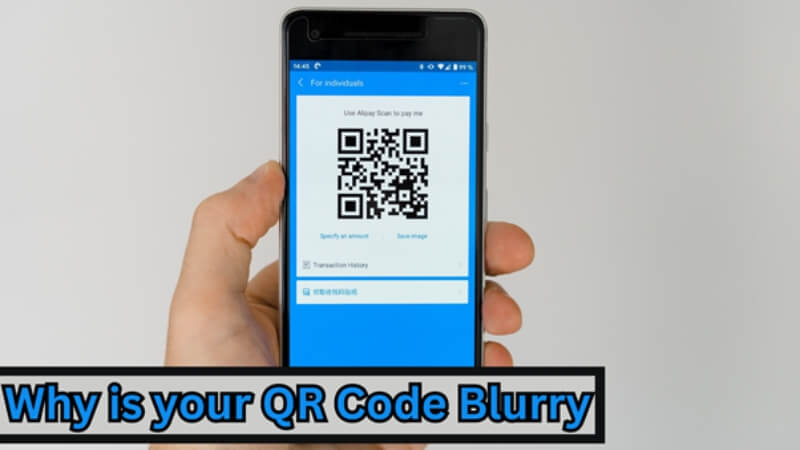
Part 1. What is QR Code?
Before solving the problem, you better be knowing what QR code exactly is and where it is used.
Alright, so the QR code is basically a 2-D barcode that contains information in it. We will not get into its history and how it was made but we must see where it is used.
So, you might have seen a box-shaped code on your chips packet or on your mobile phone’s box, that is QR code. It contains information about that product in your hand, so whenever you would place an image processor digital device e.g. mobile camera over that code, you’ll be taken to a site where all of the information about that product will be given.
Not just that, a very common example of QR code is that when you have to open your mobile WhatsApp account on a laptop device, it asks you to place your mobile camera over the QR code shown on the laptop and then after verification it lets you open your WhatsApp over there.
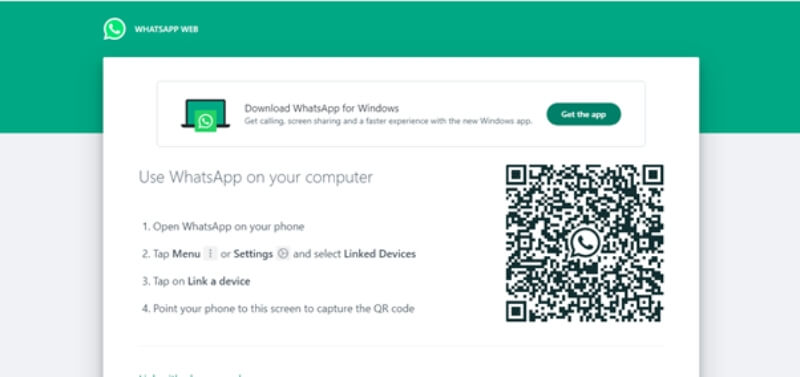
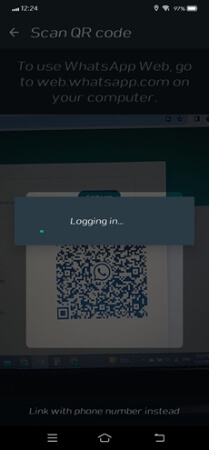
Part 2. Why is your QR Code Blurry [3 Reasons]
Now that you’ve analyzed the importance of QR codes, you must be eager to add QR code in your business, but if it is blurring again and again, what would be the solution?
I’m going to give you a detailed solution for this problem in the next section but first you need to know why your QR code is blurry.
Blurred QR code problems can occur due to several reasons;
1.Image Resolution Impacts QR Code
QR code quality is highly influenced by the Image resolution, and if it is low, then obviously your QR codes’ quality would also be low and a low-quality image can’t be detected by any digital device because it gets blurry and hard to read.
2.Resized QR Codes Become Non-Scannable
Just like rephrased content isn’t appreciable, a zoomed or resized QR code is also non-scannable, why? Because when you try to resize a QR code, its actual design gets disrupted which in results make the QR code blurry and non-detectable.
3.QR Code Quality
You see when we take a screenshot of an image, it gets compressed and its quality gets low, but when we download it properly its quality remains the same. The same happens with the QR codes, if they are compressed by any means, their quality will drop which in results would make them blurry and non-readable.
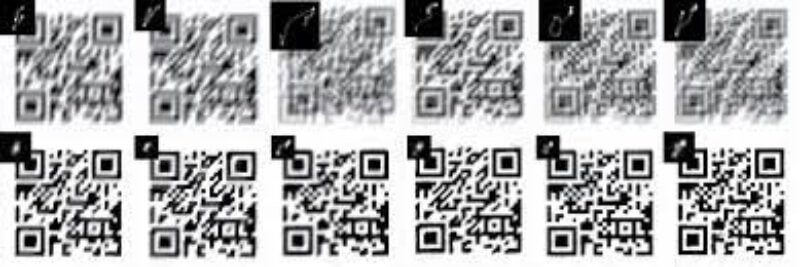
Part 3. How to solve this problem: Step By Step Tutorial
You are eager to solve the issue and want to avoid QR code failures? I’m not gonna let you wait. Let’s jump in!
Optimizing QR Code Design
Just like you give proper attention to make your product 100% efficient, you would also have to put whole focus into designing the QR code. QR code size and formats are the most important things to consider, as they are directly proportional to the resolution of your QR code.
(JPEG is considered very efficient in terms of high-resolution images and good quality, so consider using it)
Designing Effective QR Codes
I know designers are creative people and they want to draw and design something unique.
But in terms of QR codes, you better be switching off your creativity skills, because QR codes are meant to be simple and understandable, that’s why whenever you see a QR code it would be black in color with white background.
So the design should be simple.
Invest in Better Printing
I know there exist some budget-friendly packaging printing options, but I would suggest you invest a little bit more in terms of printing.
Because budget-friendly printing options usually compress or distort the actual design which in results make it a little blurry.
So better printing means better QR code image quality.
Testing Your QR Codes for Success
Don’t want to risk your business with blurry QR codes and unsatisfied customers? You better be doing some tests before distributing or publishing your product over the market.
Conduct the quality test by taking your product and checking its QR code with different types of digital devices, if all of those devices scanned the code properly, then it means you’ve won in terms of quality, and if not, then consider following the above-mentioned steps and then distribute your product in the market.
Part4: Top 2 QR Code Scanning Problems and How to Fix Them
Has solved the blurriness issue but still your QR code isn’t working properly? You must check the below-mentioned problems and try their solutions, your issue will be resolved.
#1 Problem: Shape isn’t correct
Your QR code should be shaped correctly. All QR codes are square shaped and if somehow your QR code is exceeding that square line, users image scanners (mobile cameras) wouldn’t be able to read the code and eventually it will turn into a QR code failure.
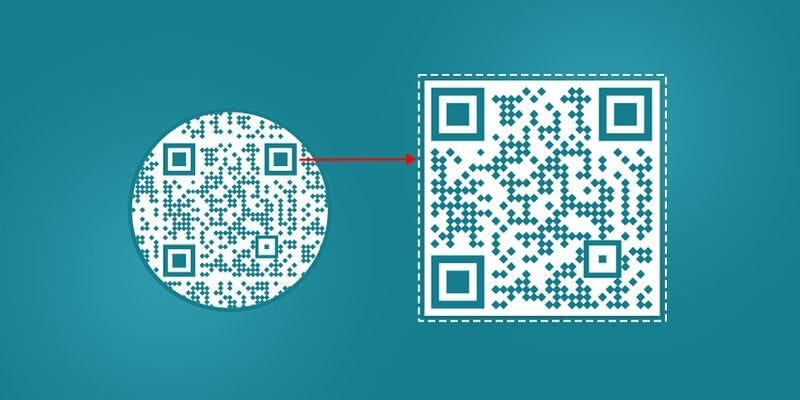
Solution
Whenever you create a QR code for your business, make sure its shape is correct. It shouldn't exceed the square line limit.
#2 Problem: Lacking the Background Color
Suppose your product color is blue, and you’ve added the same colored QR code at the bottom of the packet without adding any background color. Would any device be able to detect the QR code? No, because only those QR codes are detectable that have proper differentiating colors.
Solution
You must add a light differentiating background color, I would suggest using white because it is a worldwide color used for QR codes’ backgrounds.
FAQS
What is the best resolution for a QR code?
Your QR code size should be 240 x 240 pixels and its format should be JPEG to ensure 100% best resolution. By following this size and format, your QR code will never get blurry or distorted.
How do I resize a QR code without losing quality?
Usually resizing is not much appreciated because it distorts the actual image by losing its quality. But if you have no other options and you want to use the same QR code for different products in different sizes, you must consider exporting the non-resized QR code image file in pdf format or SVG format, because these vector formats will save your image from losing its quality.
Conclusion
I hope by following the step-by-step tutorial you’ve got a high-resolution QR code. Solving the QR code blurry issue is not very easy or quick, you must have to devote your time in order to create a high-quality QR code that is easily detectable and scannable with any image processing device.
In addition, if you need other photo editing tools, you can try MagicPic. It's an innovative AI tool by iMyFone for easy background removal or change in images.
































